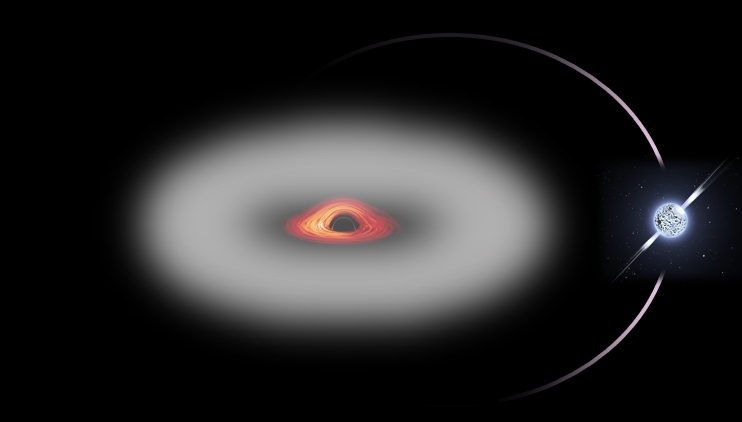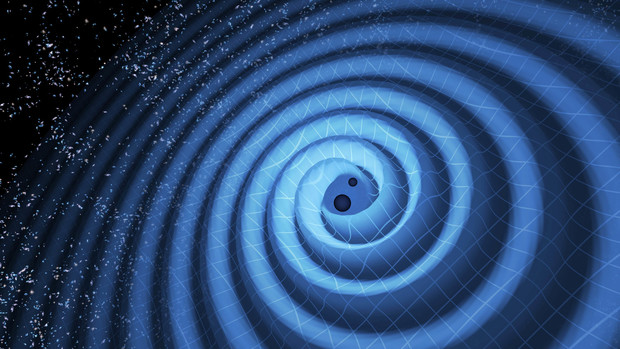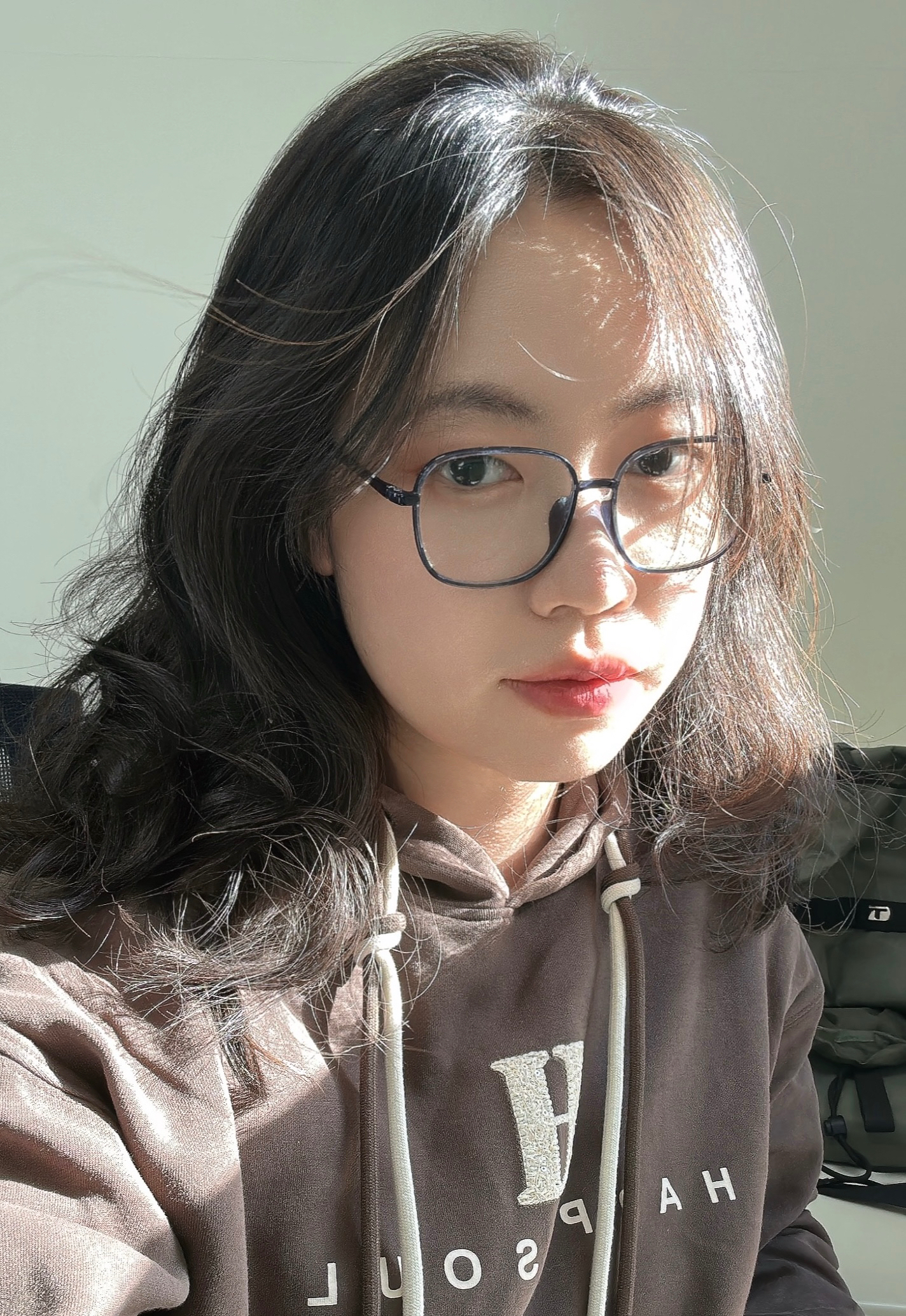Sitemap
A list of all the posts and pages found on the site. For you robots out there, there is an XML version available for digesting as well.
Pages
Posts
Travel and Travel Plan
Published:
Here I will list the renewed travel plan from time to time.
portfolio
Black Hole Superradiance
The LIGO-Virgo-KAGRA (LVK) collaboration has offered groundbreaking insights into black holes (BHs), which are central to modern physics, serving as unique laboratories for studying the universe. A key aspect of rotating BHs is their interaction with ultralight bosons, such as axions, promising candidates for dark matter. Through the phenomenon of superradiance, axions can extract energy and angular momentum from black holes, forming dense clouds around them. This structure, akin to an electron in a hydrogen atom, is termed as “gravitational atom (GA)”. Superradiance phenomena can produce observable signatures in the electromagnetic or gravitational wave (GW) spectrum. It gives unique predictions in the binary black hole (BBH) coalescence, which can be possibly observed by the LVK collaboration. Furthermore, the spectrum of the “gravitational atom” opens a window to study spacetime dynamics near rotating black holes, furthering our understanding of general relativity under near-extreme conditions. 
Induced Gravitational Wave
Primordial fluctuations, such as scalar and tensor fluctuations, are of great importance in the current study of modern cosmology. Large density perturbations with short wavelengths can lead to the formation of primordial black holes (PBHs) which has aroused significant interest recently, as they can be considered as promising dark matter candidates. Meanwhile, it can also induce long-wavelength GWs inside the horizon or tensor modes outside the horizon, which can be possibly observed by the cosmic microwave background (CMB). The observable of this GW is its energy density, which is proportional to its power spectrum. Previous studies of its power spectrum have primarily focused on the secondary scalar-induced gravitational wave… 
publications
Paper Title Number 1
Published in Journal 1, 2009
This paper is about the number 1. The number 2 is left for future work.
Recommended citation: Your Name, You. (2009). "Paper Title Number 1." Journal 1. 1(1).
Download Paper | Download Slides | Download Bibtex
Paper Title Number 2
Published in Journal 1, 2010
This paper is about the number 2. The number 3 is left for future work.
Recommended citation: Your Name, You. (2010). "Paper Title Number 2." Journal 1. 1(2).
Download Paper | Download Slides
Paper Title Number 3
Published in Journal 1, 2015
This paper is about the number 3. The number 4 is left for future work.
Recommended citation: Your Name, You. (2015). "Paper Title Number 3." Journal 1. 1(3).
Download Paper | Download Slides
Paper Title Number 4
Published in GitHub Journal of Bugs, 2024
This paper is about fixing template issue #693.
Recommended citation: Your Name, You. (2024). "Paper Title Number 3." GitHub Journal of Bugs. 1(3).
Download Paper
talks
Talk 1 on Relevant Topic in Your Field
Published:
This is a description of your talk, which is a markdown file that can be all markdown-ified like any other post. Yay markdown!
Conference Proceeding talk 3 on Relevant Topic in Your Field
Published:
This is a description of your conference proceedings talk, note the different field in type. You can put anything in this field.
teaching
Black Hole Superradiance
Worshop, University 1, Department , 2014
This is a description of a teaching experience. You can use markdown like any other post.
Teaching experience 2
Workshop, University 1, Department, 2015
This is a description of a teaching experience. You can use markdown like any other post.
